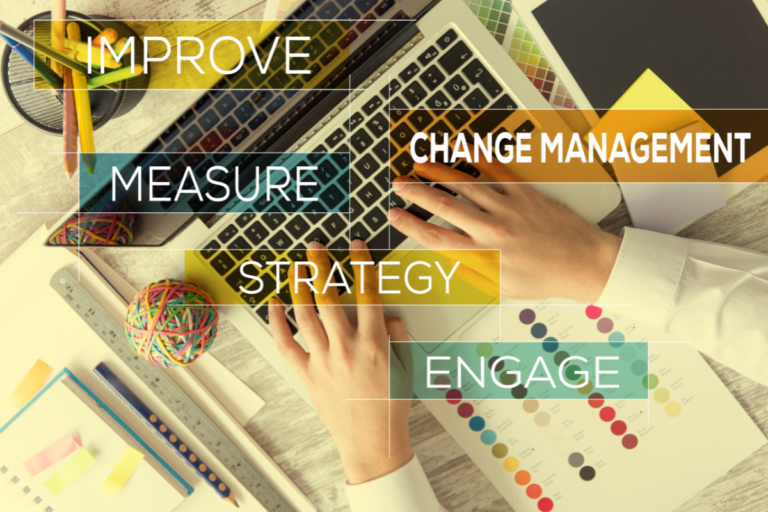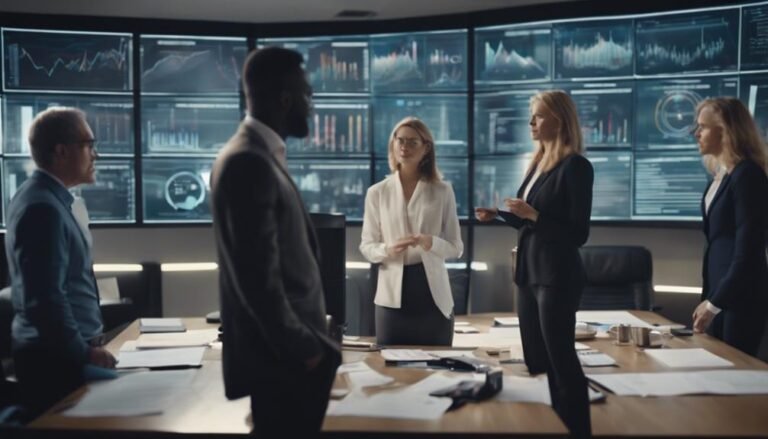Cultural Shifts to Combat Bias: Strategies Revealed
Have you ever pondered the effectiveness of cultural shifts in combatting bias within organizations?
As we navigate the realm of strategies aimed at addressing bias, we uncover a tapestry of innovative approaches that challenge traditional norms.
By embracing mindfulness, dissent, and debiasing techniques, we set the stage for a transformative journey towards a more inclusive and equitable environment.
But what lies beyond these strategies, and how do they truly impact organizational dynamics?
Let's explore together the depth of these cultural shifts and the profound impact they can have on fostering diversity and reducing bias.
Key Takeaways
- Implement cultural-change programs for mindset shifts
- Promote mindfulness and awareness of biases
- Introduce mandatory debiasing techniques in proposals
- Encourage dissent and appoint devil's advocates for diverse viewpoints
Leading Cultural Change Through Mindfulness
In leading cultural change through mindfulness, we prioritize fostering self-awareness and challenging cognitive biases within our organization. By offering mindfulness workshops and bias awareness training, we create a space for introspection and growth. These initiatives encourage our team to recognize their own thought patterns and question ingrained biases.
Through this process, we aim to cultivate a more open-minded and inclusive environment where diverse perspectives are valued. By proactively addressing cognitive biases, we empower our employees to make more informed decisions and contribute positively to our organizational culture.
Together, we strive to embrace mindfulness and bias awareness as integral parts of our daily operations, driving us towards a more progressive and collaborative future.
Implementing Mandatory Debiasing Techniques
To enhance decision-making and promote objectivity, our organization is instituting mandatory debiasing techniques across major proposals. We understand the critical need for cognitive intervention and bias mitigation in our decision-making processes.
Here are the key components of our mandatory debiasing techniques:
- Structured Decision-Making Framework: Implementing a structured approach to decision-making to reduce the influence of biases.
- Training on Cognitive Biases: Providing employees with training to recognize and address common cognitive biases.
- Decision Audits: Regularly reviewing decisions to identify and rectify any biases that may have impacted the outcome.
- Utilizing Decision Tools: Incorporating decision-making tools and algorithms to support objective analysis and reduce bias.
Encouraging Dissent and Conflicts in Decision-Making
Encouraging dissent and conflicts in decision-making fosters a culture of critical thinking and robust evaluation within the organization. By fostering healthy debate and encouraging diverse opinions, we create an environment where different perspectives are valued and considered.
This approach challenges groupthink and helps in avoiding blind spots that can arise from homogenous decision-making processes. When individuals feel empowered to voice their opinions, it leads to more thorough discussions and better-informed choices.
Embracing dissent also cultivates innovation and creativity, as conflicting ideas can spark new solutions and approaches. Overall, promoting a culture that embraces disagreements and conflicts in decision-making can result in more well-rounded and effective outcomes for the organization.
Appointing Devil's Advocate for Independent Views
Fostering a culture that embraces dissent and conflicts in decision-making can be further enhanced by appointing a Devil's Advocate for independent viewpoints. This approach promotes critical analysis and encourages a contrarian perspective, leading to more well-rounded decisions.
- Challenging Assumptions: The Devil's Advocate questions underlying assumptions, forcing a deeper examination of the decision-making process.
- Exploring Alternatives: By presenting opposing views, new and innovative solutions can be explored that may have been overlooked.
- Avoiding Groupthink: The Devil's Advocate helps in preventing groupthink by offering alternative viewpoints that challenge the status quo.
- Enhancing Decision Quality: Incorporating a Devil's Advocate ensures decisions are thoroughly vetted, increasing the overall quality and robustness of the chosen path.
Enhancing Leadership With Self-Awareness Training
Enhancing leadership through self-awareness training enables individuals to cultivate a deeper understanding of their own strengths and areas for growth. By participating in self-reflection workshops and emotional intelligence training, leaders can develop a heightened sense of awareness regarding their actions, emotions, and impact on others.
This introspective approach fosters empathy, improves communication, and enhances decision-making skills. Through self-awareness, leaders can recognize biases, address blind spots, and build stronger relationships within their teams.
Investing in self-awareness training not only benefits individual leaders but also positively impacts the organizational culture by promoting authenticity and transparency. By prioritizing self-awareness, leaders can create a more inclusive and innovative environment where diverse perspectives are valued and leveraged for better outcomes.
Establishing Red and Blue Teams for Unbiased Views
By establishing red and blue teams within an organization, diverse perspectives and unbiased views can be cultivated to enhance decision-making processes and drive innovative solutions. This approach fosters a collaborative environment where team dynamics play a crucial role in challenging assumptions and biases.
Decision analysis becomes more robust as contrasting viewpoints are thoroughly examined, leading to well-rounded conclusions. The red team is tasked with critiquing and challenging the blue team's assumptions, while the blue team defends its decisions, encouraging a healthy debate. This dynamic interaction promotes critical thinking, helps in uncovering blind spots, and ultimately results in more informed and balanced decisions.
Adopting Disruptive Solutions for Better Decisions
In embracing disruptive solutions, we revolutionize our approach to decision-making, propelling us towards sharper insights and more impactful outcomes. By adopting innovative approaches, we challenge the status quo and break free from traditional constraints that may hinder our progress.
This decision-making revolution allows us to explore new possibilities, consider unconventional perspectives, and make bolder choices that can lead to transformative results. Embracing disruption requires courage, creativity, and a willingness to step outside our comfort zones. It encourages us to think differently, experiment with fresh ideas, and push boundaries to achieve greater success.
Through this shift in mindset, we open ourselves up to a world of potential and pave the way for groundbreaking advancements in our decision-making processes.
Conclusion
In conclusion, by embracing mindfulness, implementing debiasing techniques, encouraging dissent, appointing devil's advocates, enhancing leadership, and adopting disruptive solutions, we can combat bias and foster a more inclusive environment.
For example, a company implemented mandatory debiasing training for all employees, resulting in increased awareness of unconscious biases and a more equitable decision-making process.
Through these strategies, we can create a culture where diverse perspectives are valued and biases are actively challenged. Let's continue to strive for positive cultural shifts that promote authenticity and openness.







